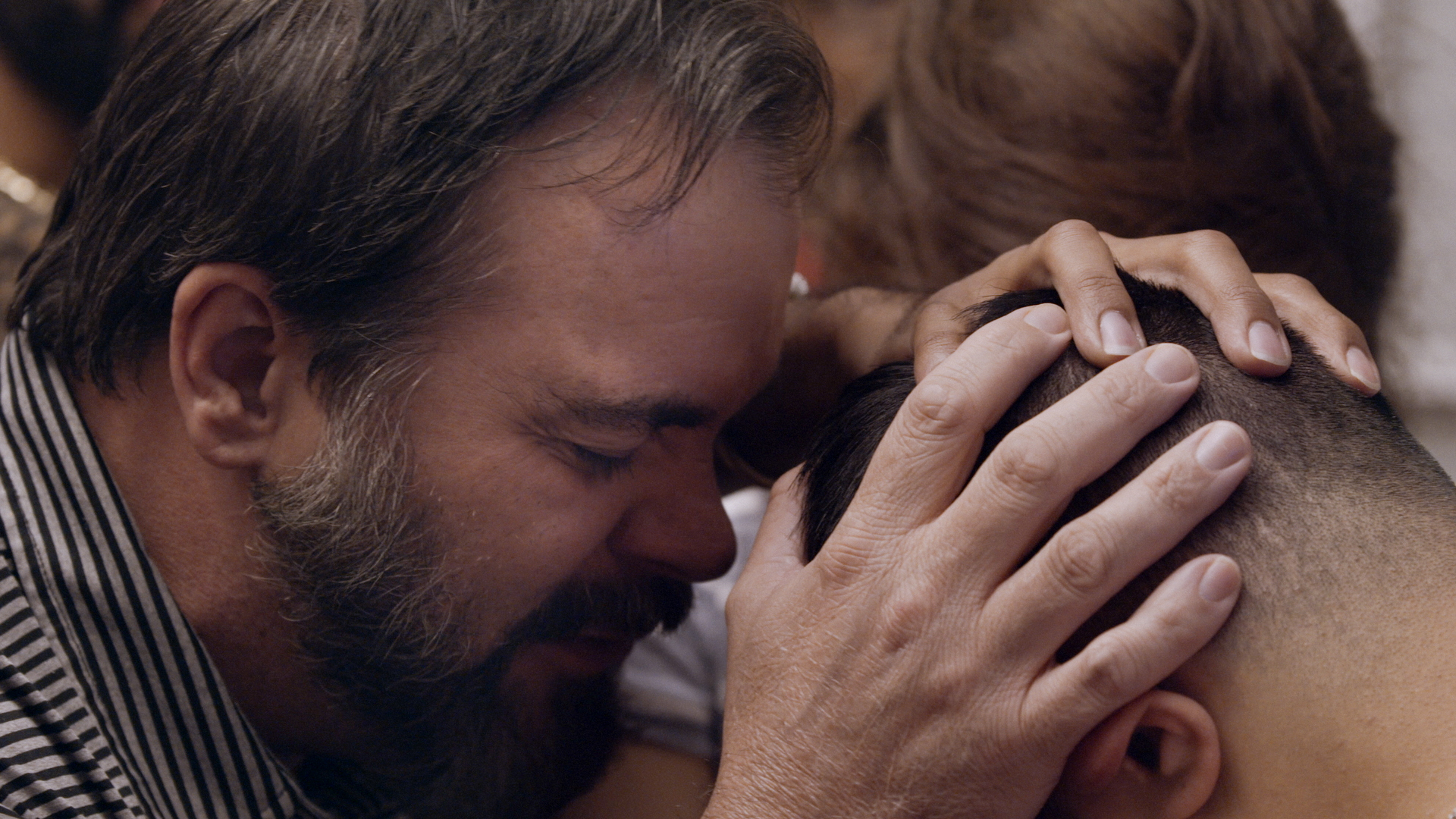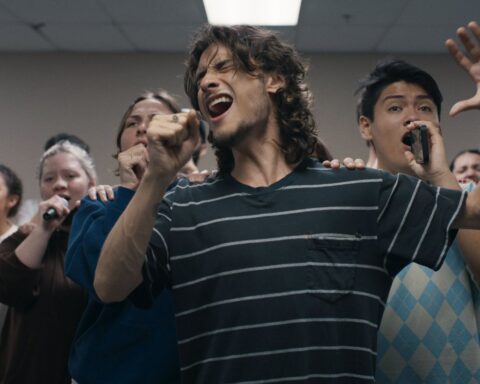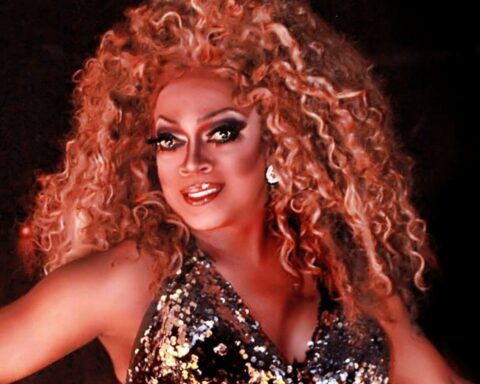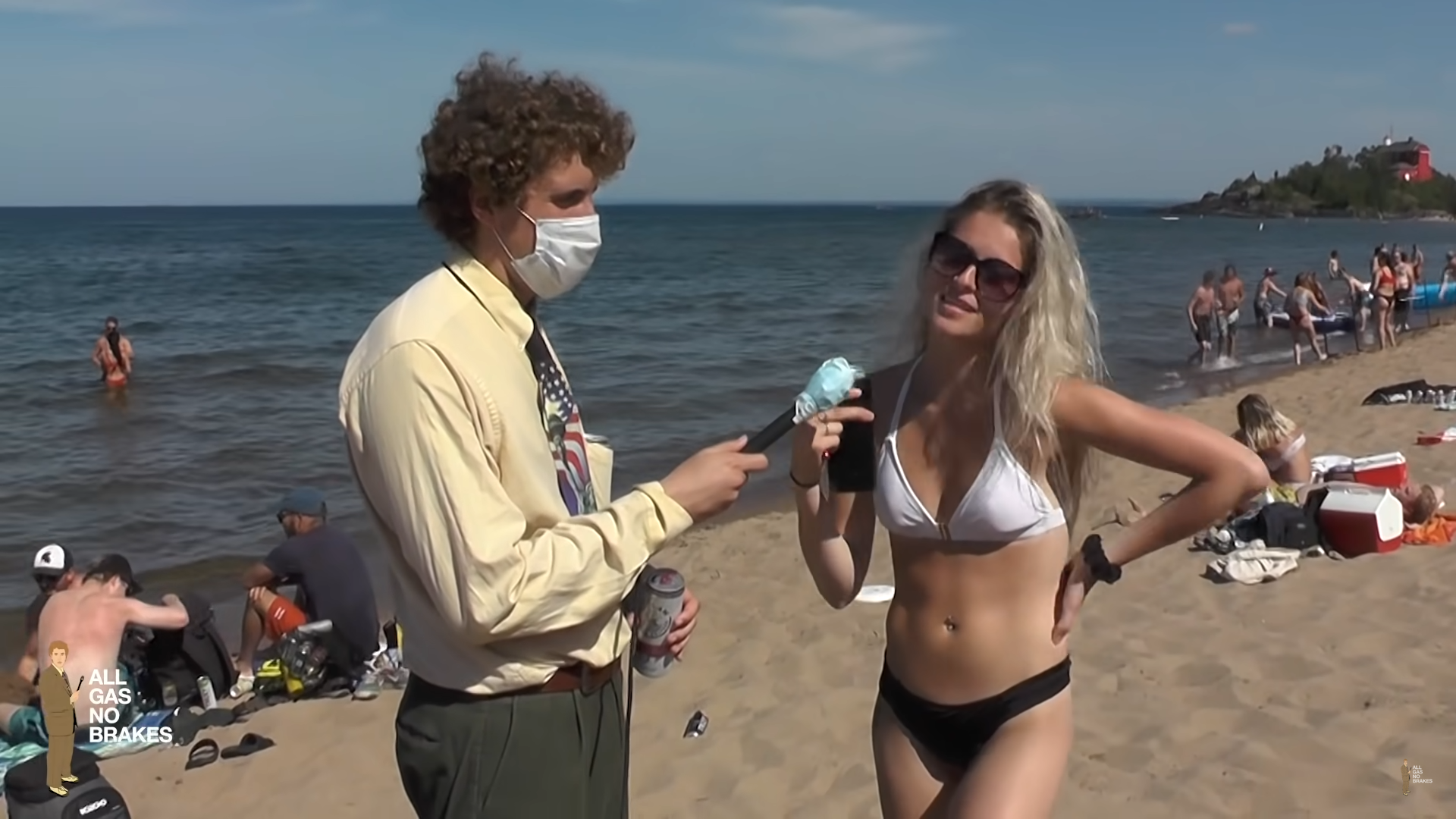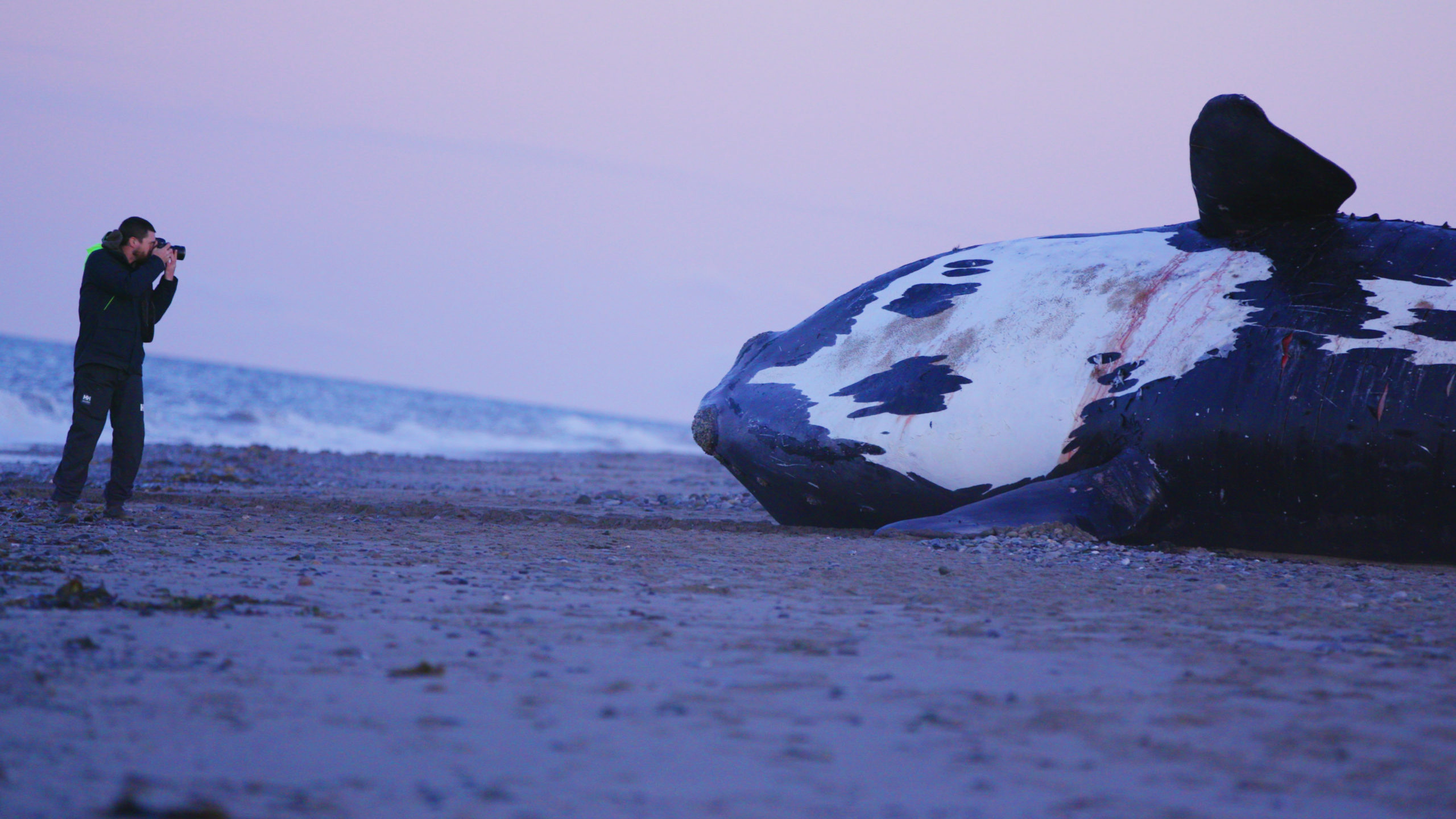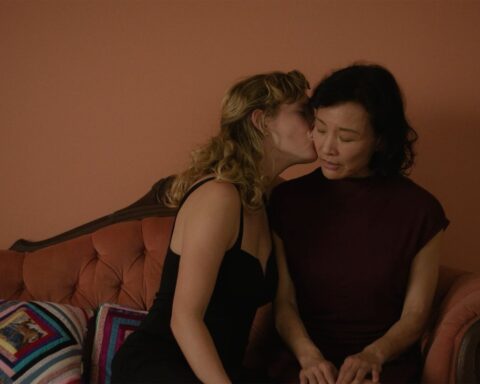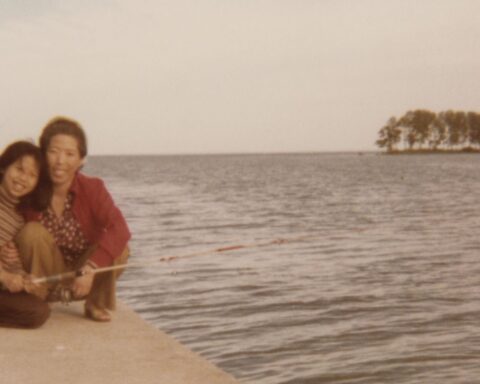“Shortly after coming out, a gay person said bluntly and directly that I had blood on my hands,” says Randy Thomas in the documentary Pray Away. “He said, ‘What do you think about the blood on your hands?’ I said, ‘Right now, all I know is that I’m afraid to look down at my hands.’”
Thomas, the final vice-president of the now-defunct Exodus International, makes this powerful confession towards the end of director Kristine Stolakis’s film. Thomas is one of several former members of Exodus International, which beckoned LGBTQ people to leave the “homosexual lifestyle” and walk a straight path by following the footsteps of Christ. He denounces the harmful practices of conversion therapy and Exodus’s mission to preach homosexuality as an illness, malady, or irregularity that one could “correct” through prayer. Like the other interviewees in the film, Thomas speaks from a place of both pain and hope as he acknowledges the ineffectiveness of conversion therapy, and lifts a heavy burden by admitting that he was gay all along.
Thomas’s acknowledgement of his culpability—or, perhaps, his fear to confront the guilt of which he is fully aware—makes an especially striking emotional turn in Pray Away. It underscores the internalised self-hate, fear, and shame that often comes with being gay in a society that still treats LGBTQ people as secondary citizens. The testimonies from the members of the ex-ex-gay movement are especially strong because they come from people who feel the same hurt that the pray-the-gay-away movement placed on others. The participants acknowledge the active harm they placed on others who needed a lifeline, instead perverting their Christian values to preach shame and sin when the true calling of their faith should have inspired them to respond with love and support.
Also appearing in the film is Julie Rodgers, who came out to her parents when she was sixteen years old and was subsequently shipped off to Exodus shortly after her parents made her quit the softball team. Stolakis follows Rodgers as she prepares for her wedding and enjoys a happy fresh start with her new wife and cats. The film also observes Rodgers as she attends church, showing how faith and sexual orientation can be compatible with the right practice. She is in the process of writing a book about her traumatic experience with conversion therapy.
Rodgers’ book promises to be a good read as she’s an excellent storyteller. She recounts how members at Exodus harnessed and honed her rhetorical skills. Rodgers explains how she worked for Exodus as a motivational speaker and shared her story in order to inspire others that they could unlearn their sexual orientations. “If I can do it, you can do it,” is a mantra that many of the participants in Pray Away say they shared to the masses. However, Rodgers recalls a painful experience in which she was sexually assaulted by a male classmate at university following her “conversion.” She becomes incensed in her interview with Stolakis as she explains how Exodus leaders coerced her to include the story of her rape in her lectures. Despite voicing her discomfort, Rodgers says she relented, which let Exodus mine her trauma to tell newcomers that sexual assault had a cause-and-effect relationship with homosexuality. I.e.: being assaulted by a man inspires a woman to feel attracted to women as a safer alternative.
Although Exodus is the focus of Pray Away, Stolakis doesn’t limit the study of conversion therapy and its harmful effects to religion. As noted by Rodgers’ story, much of conversion therapy is rooted in quack science and wonky psychology that preys upon ignorance and false hope. Using the perspectives of the former Exodus members, Pray Away illustrates how the organization built a global movement based on misinformation, prejudice, and fear with queer people front and centre in the erasure of their own existence.
This is the kind of move that makes a viewer really, really mad. Anger is perhaps inevitable as Stolakis draws interviews from people like John Paulk, the former poster boy for conversion therapy who preached its benefits after he, a “former gay,” married a “former lesbian.” Stolakis mines a wealth of archival footage to support the power of these interviews as a younger Paulk preaches about the power of the family and posits himself as an exemplar of the heteronormative ideal. The tragedy of the film is that, in the context of the contemporary interviews that show a repentant Paulk and footage that shows him truly happy with his male partner, the archival images reveal that the Exodus members were so forceful in selling the message because they really needed to convince themselves of a truth they couldn’t accept.
Pray Away is often quite painful to watch, but as ex-ex-gays like Yvette Cantu Schneider share, the images of the campaigns are essential reminders of the immediate and ongoing threats to LGBTQ rights worldwide. She appears in numerous shows as the spokesperson for the Family Research Council and as another face of the “ex-gay” movement. As with Paulk’s old interviews, Schneider’s archival presence can be borderline chilling as she spouts lies and homophobic propaganda. However, many of the images in Pray Away come from Schneider’s own archive, which adds to the film’s collective act of atonement. Schneider recalls how she experienced the effects of post-traumatic stress disorder while playing a pivotal role in the passing of California’s Proposition 8, which banned same sex marriage in 2008. Schneider, who’s married to a man and came to realize herself as bisexual, shares the physical reaction her body had to denying human rights she could have worked to protect. The film is not without catharsis and, as uncomfortable as it may be, it’s earned.
As Stolakis draws these stories together in a compelling insiders’ account of the conversion therapy movement, she also includes perspectives from Exodus survivors. Interviews speak of the lasting trauma and the friends who committed suicide because conversion therapy compounded emotions that were already killing them internally. Alternatively, survivors speak of the emptiness of the movement and its inherent flaws as Exodus offered an ironically safe space for queer people if they could withstand its practices. They recall convening with fellow campers late at night where they could provide comfort by countering the Exodus message and let others know they weren’t alone. There’s lots of pain in Pray Away, but also an inspiring display of strength.
Some viewers might be uncomfortable with the fact that Pray Away gives a platform to people who caused incalculable harm to others. However, as Thomas notes in his confessional, they know they’ve sinned. The film doesn’t deny the harm they’ve caused, but rather puts it on the record for a wide audience at a time when conversion therapy is still debated, rather than unanimously denounced. (In June 2021, 63 Canadian MPs still voted against a ban on conversion therapy, while the Senate prioritised summer vacation over the rights of LGBTQ Canadians.) While the stories that Pray Away presents are difficult, one can’t help but find the emotional testimonials persuasive. One can only respond with empathy and forgiveness, which, ironically, is the Christian thing to do.
Pray Away is now on Netflix.




